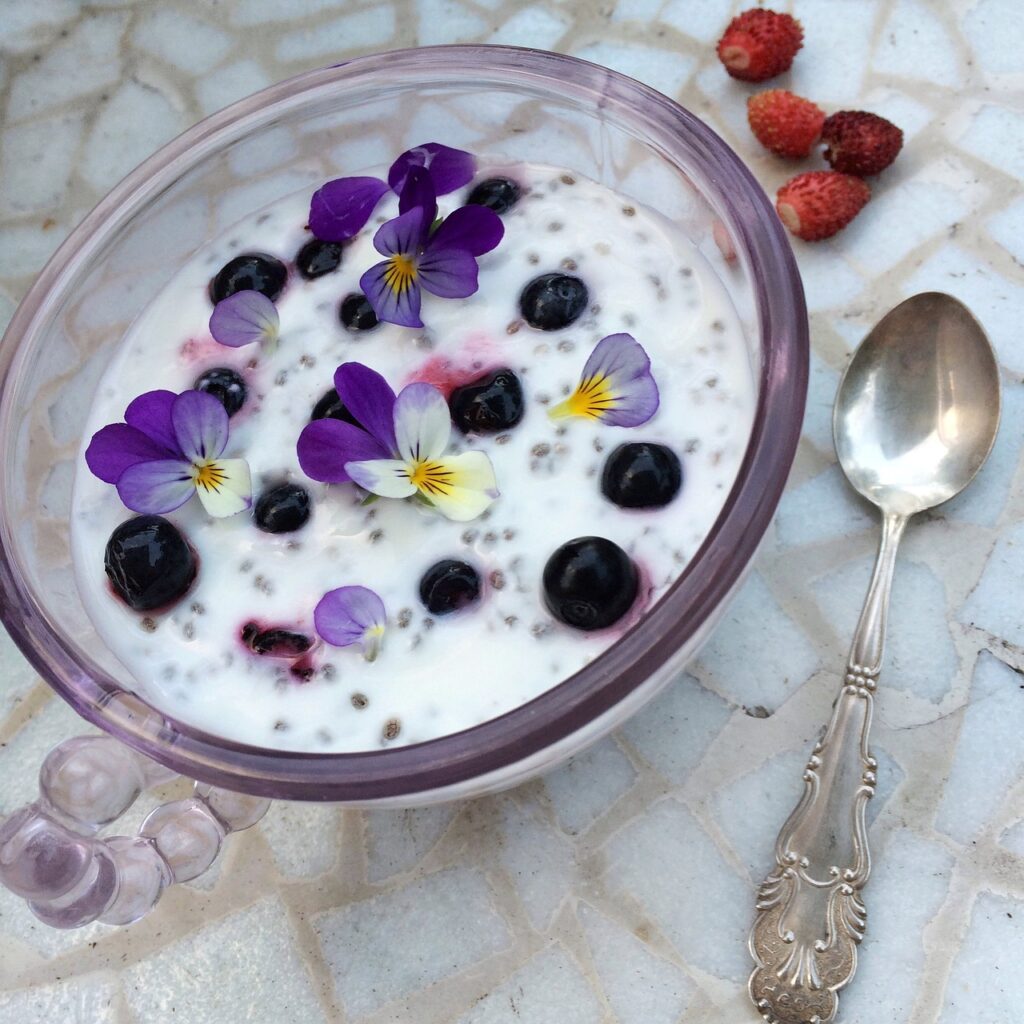Transform your garden into a culinary paradise with these stunning edible flowers. Before we dive into the varieties, here are some essential safety tips:
Important Safety Guidelines
- Only consume flowers that you can positively identify
- Grow without pesticides or chemical treatments
- Harvest from your own garden or purchase from reputable suppliers
- If you have pollen allergies you should exercise caution
- Remove pistils, stamens, and flower bases before consuming
- Start with small quantities to test for sensitivities
Edible Flower Guide
Spring Blooms
Cherry Blossom
- Flavor: Delicate, slightly floral with almond notes
- Uses: Traditional Japanese sweets, teas, and pickled preparations
- Growing Tips: Needs full sun, well-draining soil; plant in spring or fall
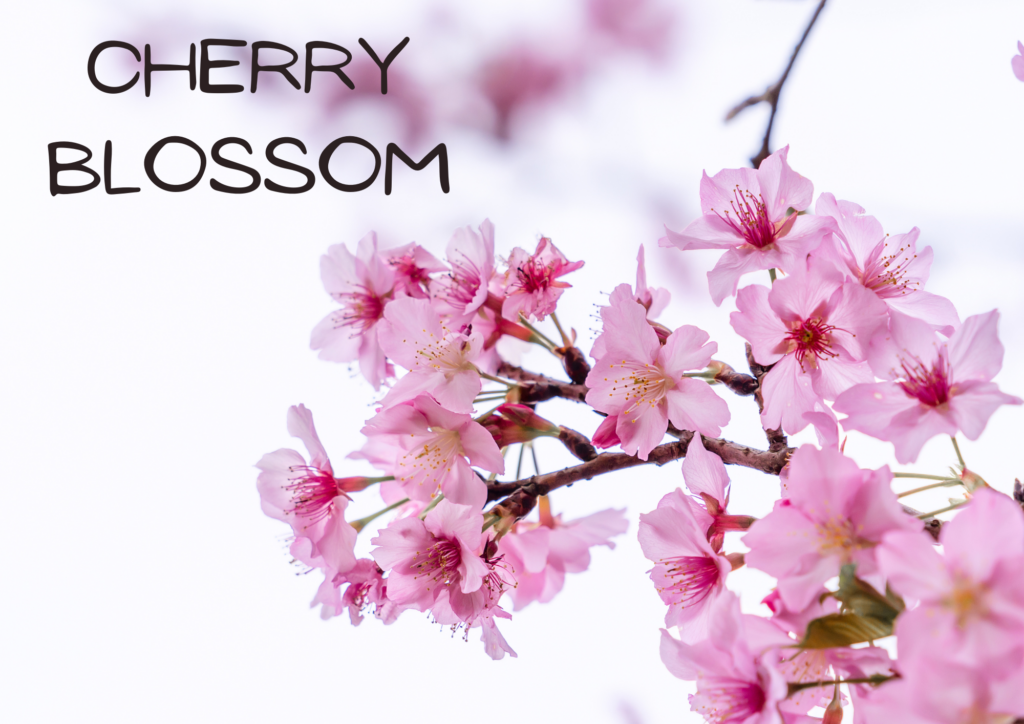
Lilacs
- Flavor: Floral, subtly lemony
- Uses: Syrups, teas, cocktails, crystallized decorations
- Growing Tips: Full sun, alkaline soil; trim after blooming

Summer Stars
Marigold
- Flavor: Tangy citrus, slightly peppery
- Uses: Natural food coloring, cocktails, salads
- Growing Tips: Easy to grow from seed, loves full sun, drought-tolerant
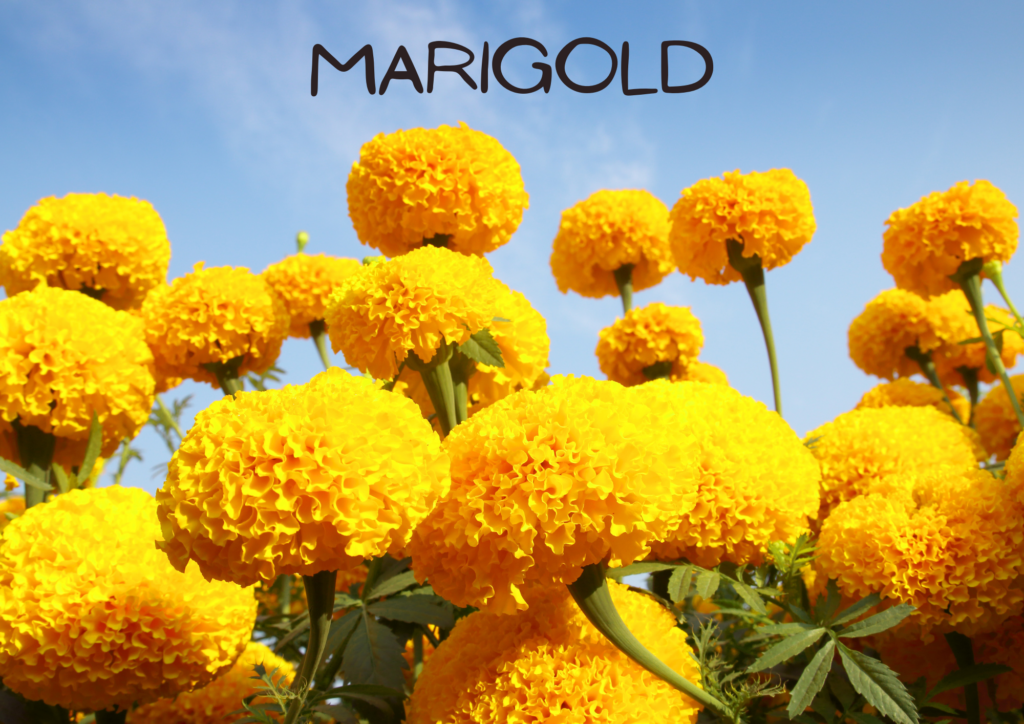
Lavender
- Flavor: Mint, rosemary, earthiness
- Uses: Baked goods, ice cream, herbal teas
- Growing Tips: Well-draining soil, minimal watering, sunny location
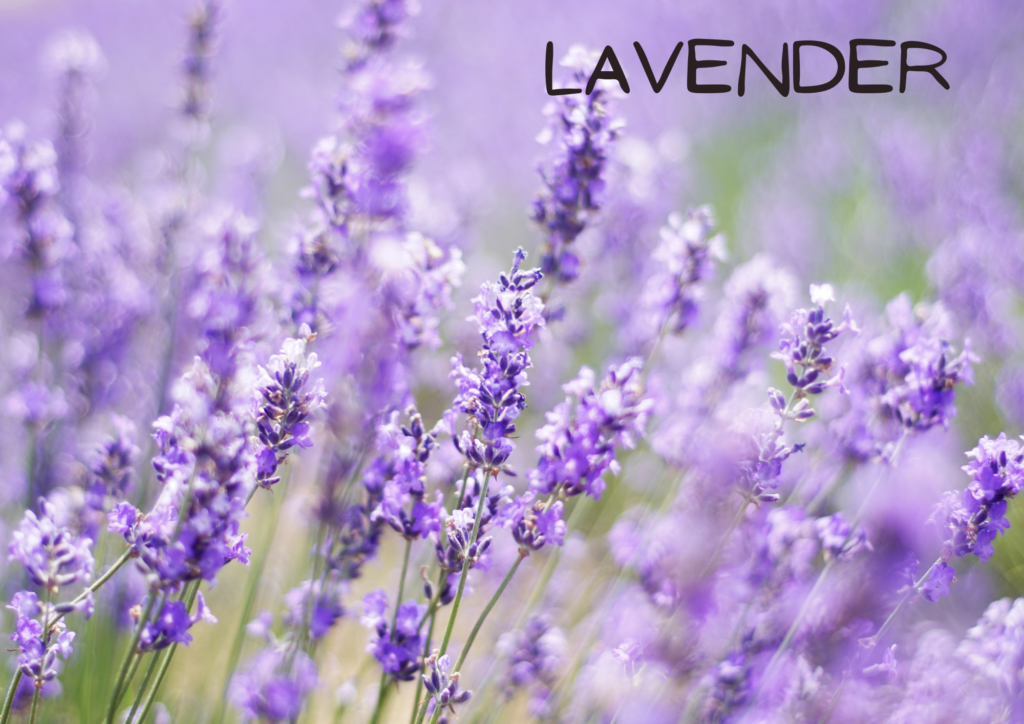
Rose
- Flavor: Sweet to slightly bitter, intensely fragrant
- Uses: Jams, syrups, Middle Eastern cuisine
- Growing Tips: Morning sun, rich soil, regular pruning

Hibiscus
- Flavor: Tart, cranberry-like
- Uses: Teas, jams, salad garnish
- Growing Tips: Warm temperatures, regular watering, rich soil
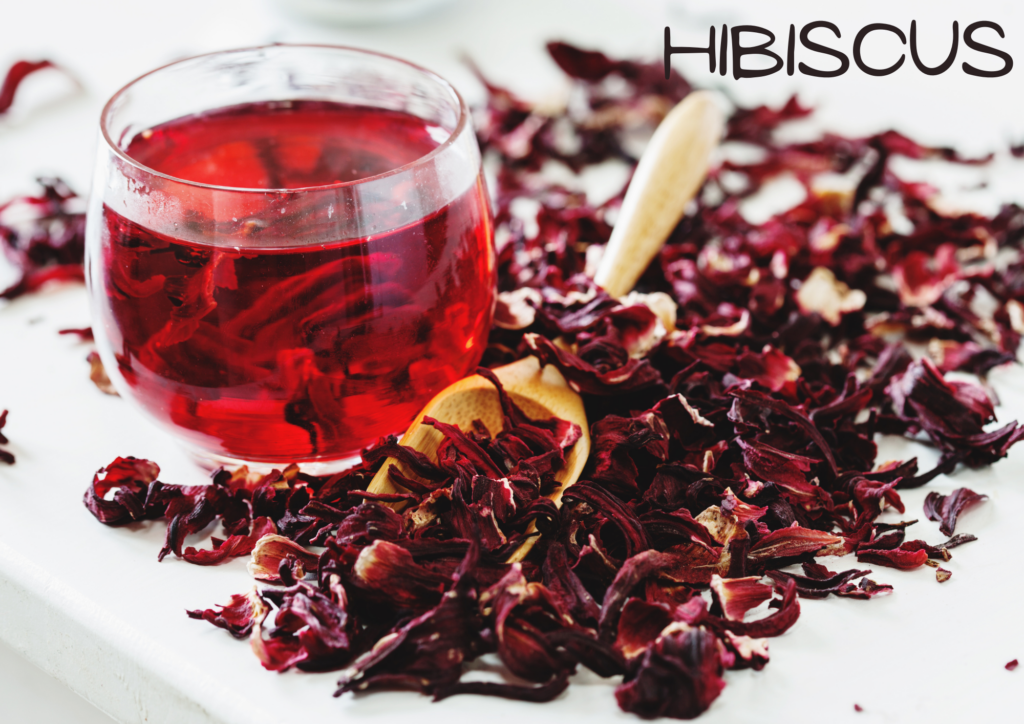
Year-Round Options
Carnations
- Flavor: Clove-like, peppery
- Uses: Cake decorations, wine infusions
- Growing Tips: Cool temperatures, deadhead regularly
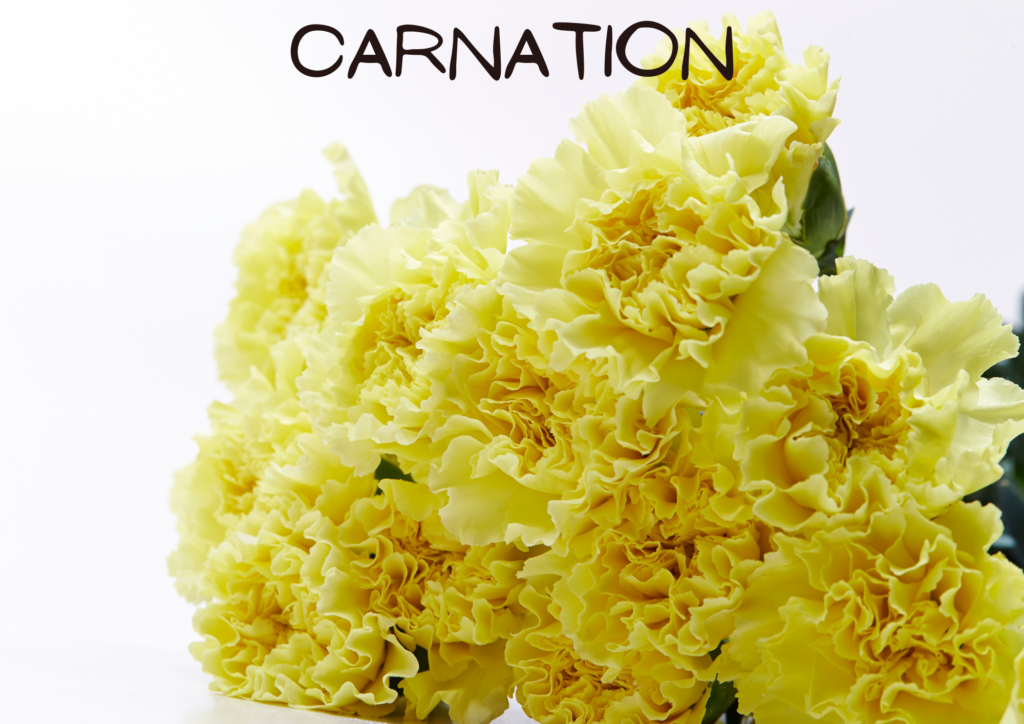
Calendula
- Flavor: Peppery, tangy
- Uses: Natural food coloring, soups, rice dishes
- Growing Tips: Cool-season annual, tolerates partial shade
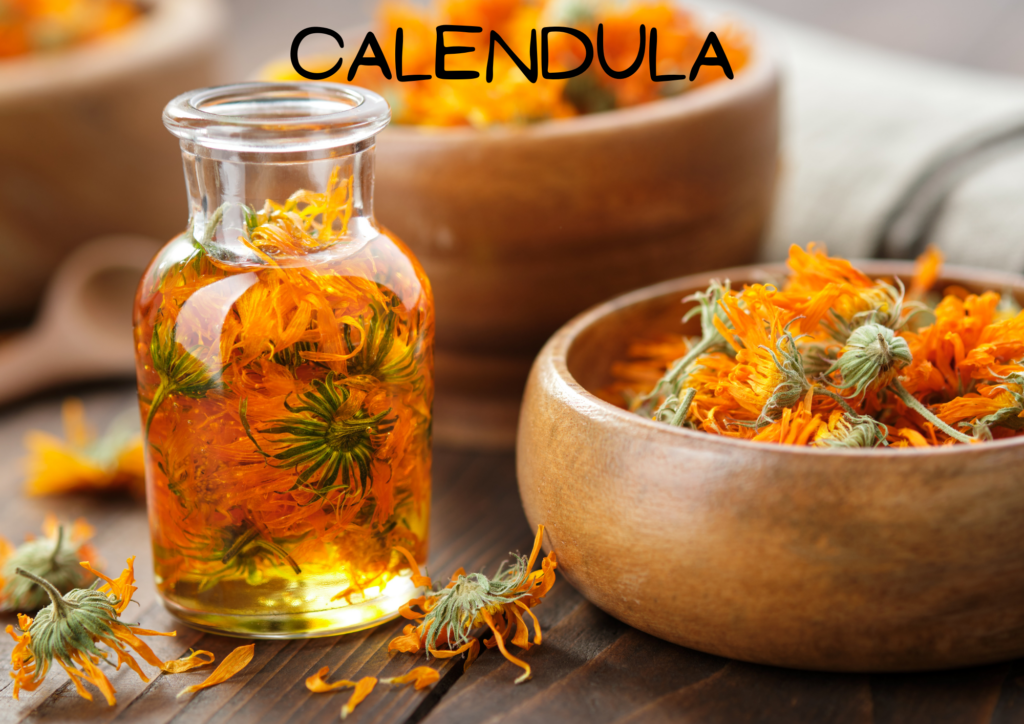
Pansies
- Flavor: Mild, slightly floral
- Uses: Dessert garnish, salads, frozen in ice cubes
- Growing Tips: Spring/fall planting, rich soil, partial shade
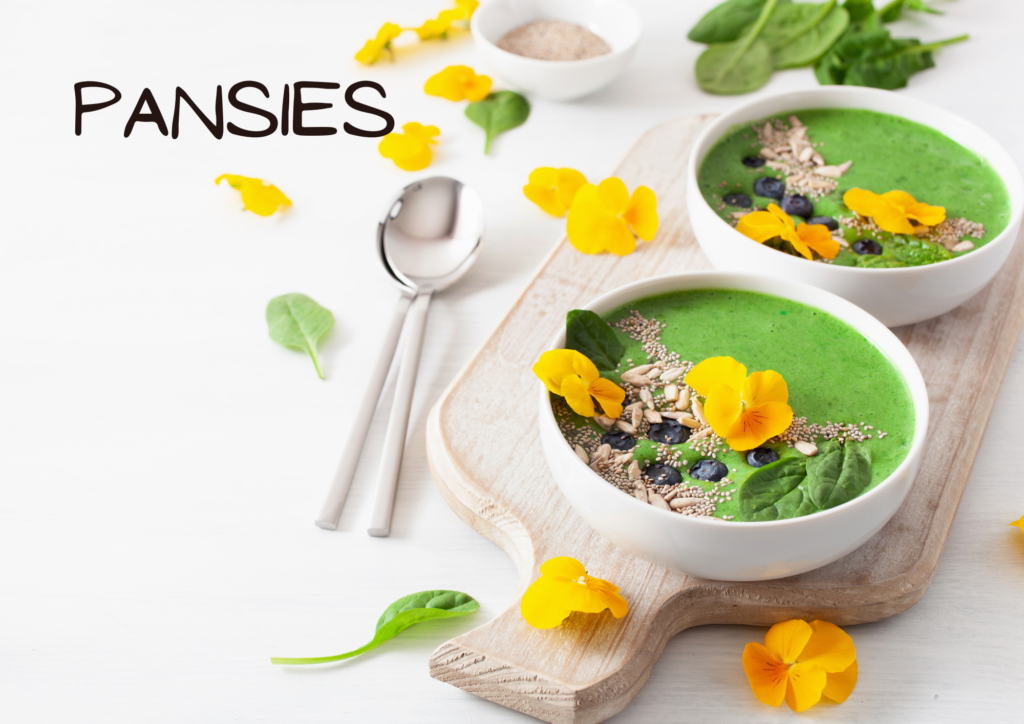
Chrysanthemum
- Flavor: Slightly bitter, grassy
- Uses: Traditional Asian cuisine, teas
- Growing Tips: Full sun, rich soil, pinch tips for bushier growth
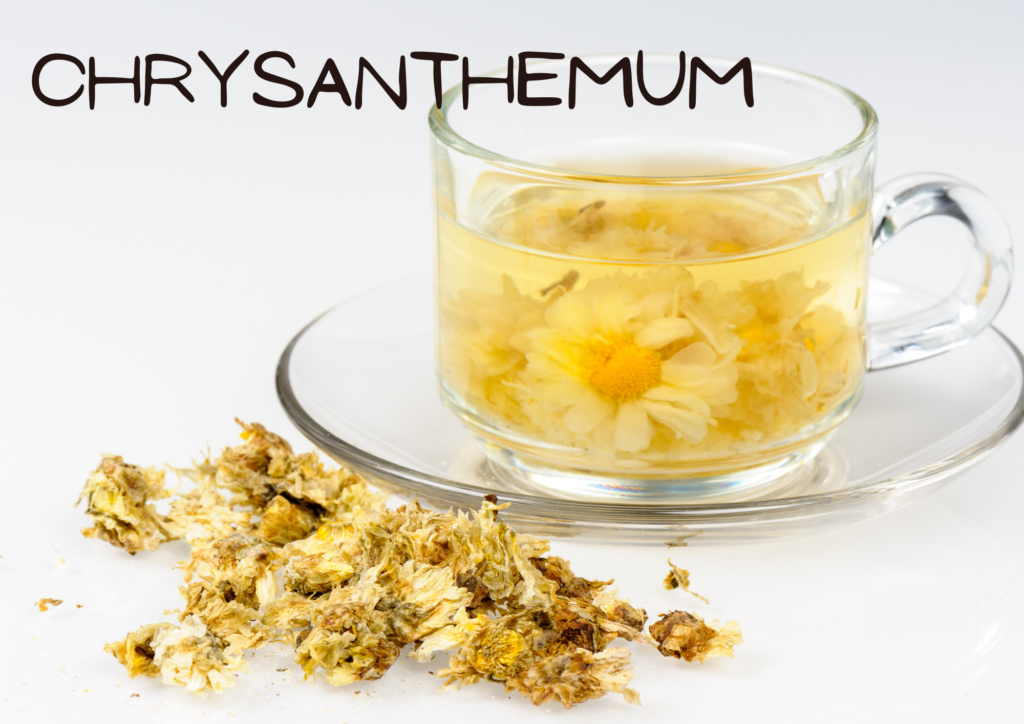
Additional Varieties Worth Growing
Nasturtium
- Flavor: Peppery, like watercress
- Uses: Salads, garnishes, seed pods can be pickled
- Growing Tips: Poor soil, full sun, drought-tolerant
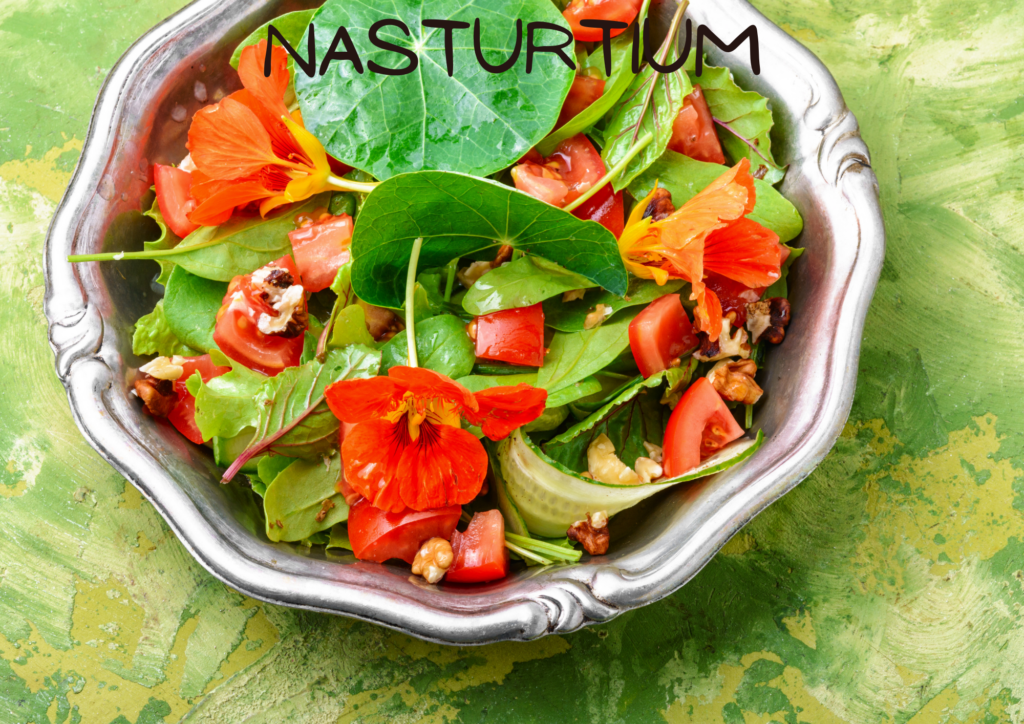
Borage
- Flavor: Light cucumber taste
- Uses: Garnish, frozen in ice cubes, candied
- Growing Tips: Self-seeding annual, well-draining soil
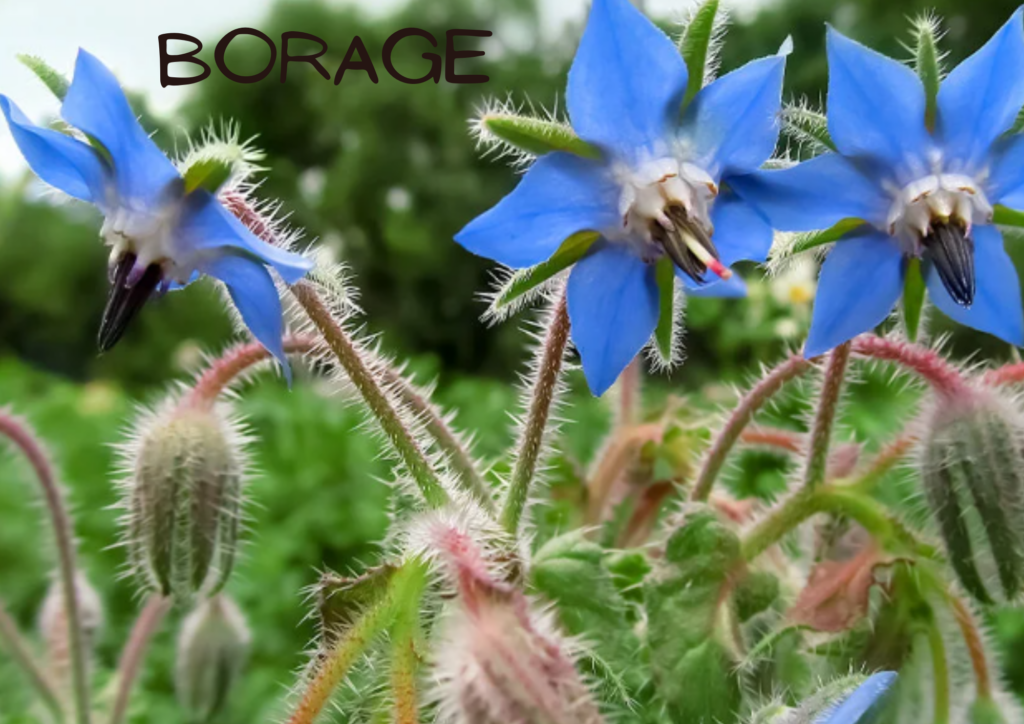
Growing Tips for Success
- Most edible flowers prefer well-draining soil
- Start seeds indoors 6-8 weeks before last frost
- Maintain regular deadheading for continuous blooms
- Harvest flowers in the morning when fully open
- Store blooms in damp paper towels in the refrigerator
Remember to introduce edible flowers gradually into your diet and always keep proper identification guides handy. Happy growing and bon appétit!

